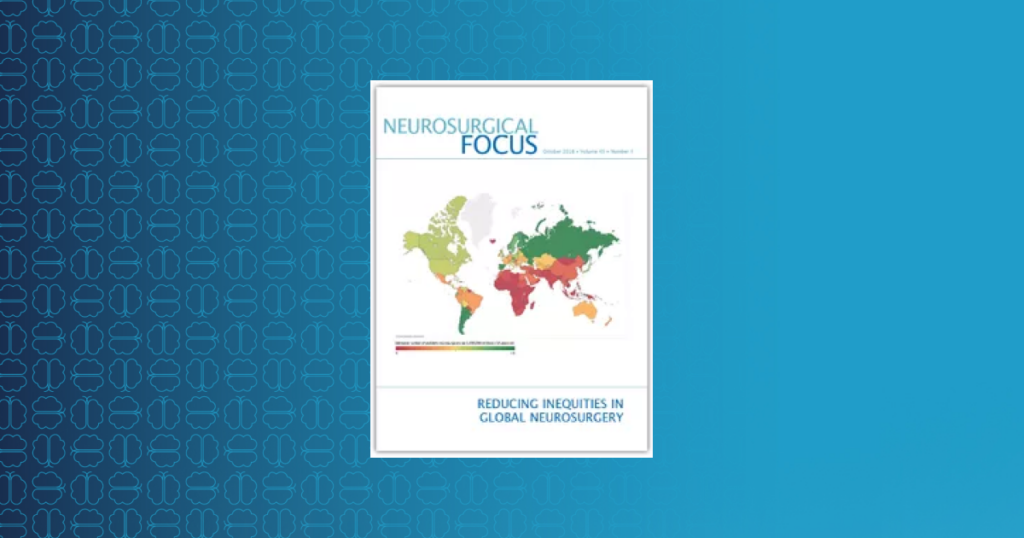Authors: Abhaya V. Kulkarni, M.D., Ph.D., Steven J. Schiff, M.D., Ph.D., Edith Mbabazi-Kabachelor, M.D., John Mugamba, M.D., Peter Ssenyonga, M.D., Ruth Donnelly, Ph.D., Jody Levenbach, Ph.D., Vishal Monga, Ph.D., Mallory Peterson, B.S., Michael MacDonald, M.S., Venkateswararao Cherukuri, M.Tech., and Benjamin C. Warf, M.D.
Published in the New England Journal of Medicine, December 2017
N Engl J Med 2017;377:2456-2464
DOI: 10.1056/NEJMoa1707568
Postinfectious hydrocephalus in infants is a major health problem in sub-Saharan Africa. The conventional treatment is ventriculoperitoneal shunting, but surgeons are usually not immediately available to revise shunts when they fail. Endoscopic third ventriculostomy with choroid plexus cauterization (ETV/CPC) is an alternative treatment that is less subject to late failure and less likely than shunting to result in a reduction in ventricular size that might facilitate better brain growth and cognitive outcomes.
This paper presents the results of a randomized trial that evaluated cognitive outcomes after ETV/CPC versus ventriculoperitoneal shunting in Ugandan infants with postinfectious hydrocephalus. Of the 100 infants in the study, 51 were randomly assigned to undergo ETV/CPC, and 49 underwent ventriculoperitoneal shunting. This single-center study involving Ugandan infants with postinfectious hydrocephalus showed no significant difference between endoscopic ETV/CPC and ventriculoperitoneal shunting with regard to cognitive outcomes at 12 months.
Read the article: Endoscopic Treatment versus Shunting for Infant Hydrocephalus in Uganda





